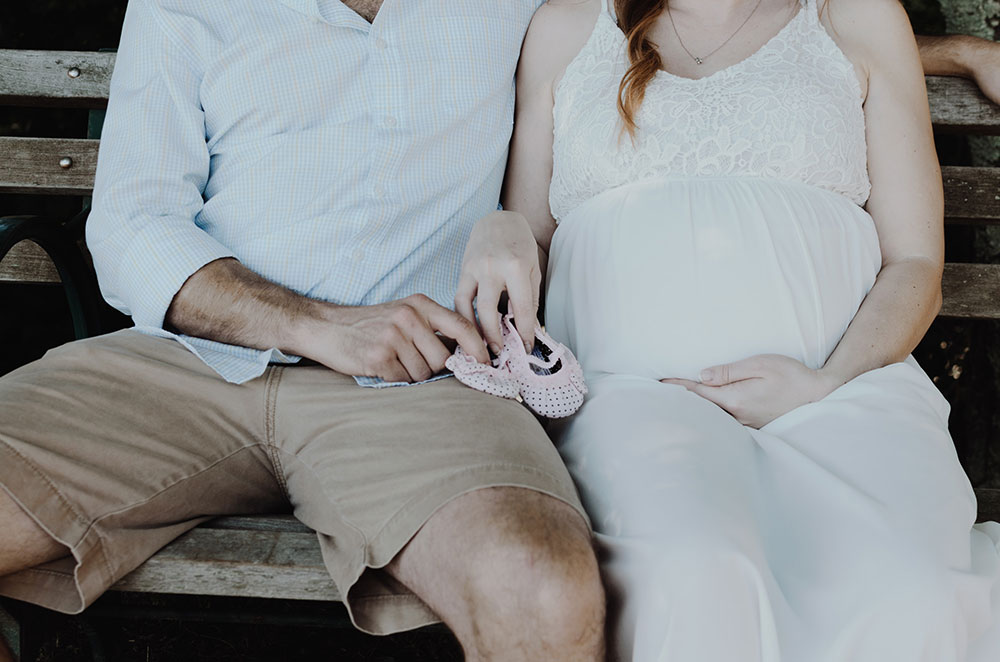
The decision to have a child belongs to the woman and her partner. But if the child is not taken on time, many complications arise later.
An adult male produces around 300 million sperm every day. A girl child is born with a certain number of eggs at birth. One egg matures in each monthly menstrual cycle, with some eggs being lost before reaching maturity in the process. As a result, the number of eggs decreases with age.
No new eggs are produced in women’s bodies after birth. Therefore, fertility decreases with increasing age. At the time of birth of a girl child, the number of eggs in the ovary is 10 to 2 million.
Gradually, the child becomes an adult or during menstruation, when the number of eggs in girls is 40 thousand.
Girls are now getting married a bit late for their careers. But it is better to have the first child before the age of 25 years.
After age 30, fertility drops by about 50 percent. After 35 years, the number of eggs decreases more.
If the mother is old
If the first child is born before 32, birth defects and Down syndrome are more likely.
Fertility begins to decline from the age of 32. At the age of 37 it starts to decrease further.
Conceiving at an older age increases the risk of high blood pressure and gestational diabetes.
People over 40 are at higher risk of miscarriage. Various complications are created then.
